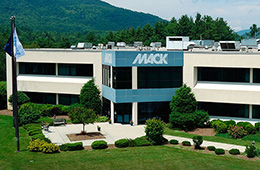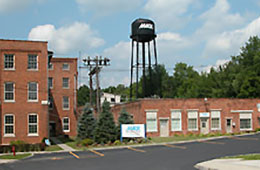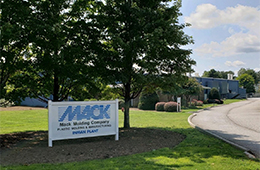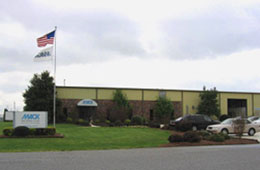By Scott Rishell, Design Engineer, Mack Molding
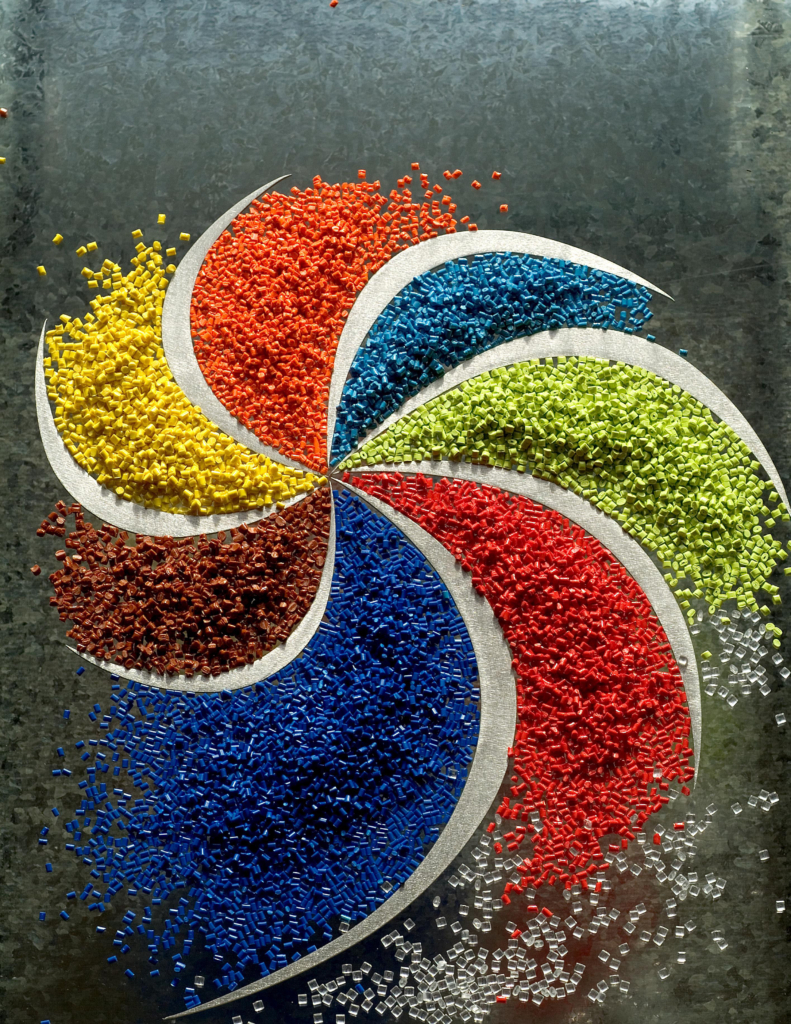 As a leading custom plastics molder and contract manufacturer serving a range of markets – medical, industrial, transportation, energy/environment, computer/business and consumer – Mack’s customers are varied and so are their needs. To meet the diverse requirements presented by costumer programs, Mack has vertically integrated services, including design, prototyping, supply chain management, machining, sheet metal fabrication, molding, painting, assembly, testing and even fulfillment. One area where we often find the most distinctiveness is in resin selection.
As a leading custom plastics molder and contract manufacturer serving a range of markets – medical, industrial, transportation, energy/environment, computer/business and consumer – Mack’s customers are varied and so are their needs. To meet the diverse requirements presented by costumer programs, Mack has vertically integrated services, including design, prototyping, supply chain management, machining, sheet metal fabrication, molding, painting, assembly, testing and even fulfillment. One area where we often find the most distinctiveness is in resin selection.
Mack has a wide portfolio of molded parts, and each is unique based on the customers’ requirements. Beyond aesthetics, like color, a material’s properties, processability and cost all play a key role in determining a resin’s suitability for an application. With thousands of grades to choose from, and new ones being developed to fill market niches, customers often turn to Mack to help them navigate the resin selection process.
Here are some of the key considerations the Mack team makes when making a selection:
Mechanical Requirements
A part’s strength requirements need to be considered as resin classes have various tensile strength, tensile modulus and elongation at break. Thermoplastic resins offer a variety of strength properties that can often be modified with fillers like glass or carbon fiber.
Chemical Compatibility
Many customers are concerned about how chemicals, including cleaning solvents and process reagents, interact with their resin selection. In these cases we consult published testing data from resin manufacturers that show a material’s performance in each chemical. In some cases the data may not exist and testing with specific chemicals will be requested.
Environmental Compatibility
Parts that will be exposed to extreme hot or cold conditions need to be made with resins that are rated accordingly, making the long term service temperature and heat deflection temperature critical performance metrics. Other conditions to consider include exposure to UV light and high humidity.
Commodity vs. Performance
Whenever possible Mack strives to pair customer applications with commodity resin grades due to the inherent cost and availability advantages that come with higher volume raw material production. Some projects call for specific properties – strength, heat resistance, etc. – which is where performance resins excel.
Amorphous vs. Semi-crystalline
Selecting amorphous resins can often be advantageous as they can provide wider processing windows and improved dimensional control due to their random molecular structure. They can be transparent and are compatible with many adhesives. Semi-crystalline materials offer improved mechanical and thermal properties but can be more difficult to process.
Material Shrinkage
The amount a resin shrinks during the molding process can have a huge impact on the ease of building a tool or developing a successful molding process. For this reason we try to select resins that have lower shrink rates whenever possible.
Once all of these factors are accounted for the list of suitable resins is typically cut down to a manageable number to consider. It is here that the Mack team leverages its proficiency with particular materials, coupled with expertise in supply chain management, to make the final determination of a grade.
If you have a part you are ready to put into production, would like to learn more about resin selection or are interested in any of Mack’s vertically integrated services, please visit us at www.mack.com or e-mail our team salesnorth@mack.com.
 Scott Rishell is the technical lead on several programs at Mack, developing part designs for production processes. He works with customers to diagnose and implement solutions for design for manufacturability (DFM) issues, as well as reduce manufacturing costs through part simplification and process improvements. He has established an intimate knowledge of design, material selection, tooling and specialty processes for injection molding, including structural foam, and internal and external gas assist. Prior to his current role, Scott was a program manager in the Mack’s medical business, where he gained unique customer experience insights. He has a bachelor of science in mechanical engineering from the Rochester Institute of Technology.
Scott Rishell is the technical lead on several programs at Mack, developing part designs for production processes. He works with customers to diagnose and implement solutions for design for manufacturability (DFM) issues, as well as reduce manufacturing costs through part simplification and process improvements. He has established an intimate knowledge of design, material selection, tooling and specialty processes for injection molding, including structural foam, and internal and external gas assist. Prior to his current role, Scott was a program manager in the Mack’s medical business, where he gained unique customer experience insights. He has a bachelor of science in mechanical engineering from the Rochester Institute of Technology.

